Adapt, Overcome, and Conquer
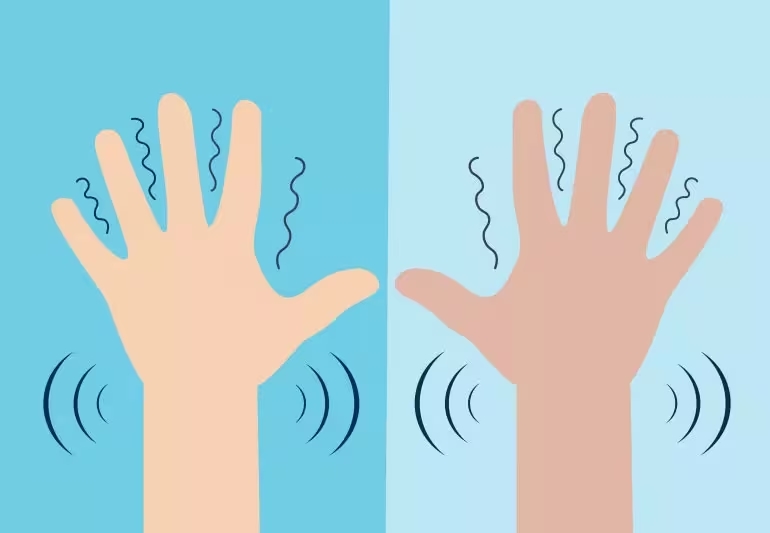
I am a Pistol Instructor. Certified. I have an Essential Tremor. I shake more than a washing machine on its spin cycle. Those two statements, put together, are hilarious. I can shoot very effectively and compensate for this disability by riding the rhythm of the tremor and timing my shots on what I call the “downward slope of the wave of my tremors”. Which, honestly, is a bull-shitty way of academically explaining that I time my shots in between my shakes. It works, though. I get the job done and, if I do say so myself, I’m a pretty good shot.
When shooting a pistol there are two primary areas of focus that require attention to effectively hit the target. They are your grip and your sight picture. For me, my grip isn’t really an issue. I hold the pistol in my dominant right hand (the one that shakes the most) and I stabilize the pistol with my non-dominant hand (with sort-of a death grip to keep the pistol from shaking off target). Don’t worry, it’s safe. I swear.
In general, this works with the sight picture that I use, which comes from what are called “iron sights”. Iron sights have been around for centuries and are the traditional way of lining up a shot with both a rifle and a pistol. Basically, it is two mechanical visual points of reference (one at the front of the pistol and one at the rear) that are lined up in a specific way and when they are aligned, they should put your shot on target. Simple and easy to use. What is important about this stage of the process though is ensuring that you are maintaining focus. Focus on your front sight as it rests in view of your target and focus on your front sight being aligned with your rear sight.
Now, even with my ability to compensate for my tremors with my specific grip, I still experience some shaking when aiming down the sights of my pistol. But, as I said before, I am able to mitigate or reduce that shaking. I’m also very in-tune with the rhythm of my tremors, so that I can predictively find the right moment to pull the trigger and take the shot. How did I figure this out? Voodoo? Witchcraft? No, just some hilarious moments of me trying to drink from a straw as the tremor pushes the straw from one side of my mouth to the other. I’ve figured out this tremor’s rhythm. I know its crafty ways inside and out. I may not be able to beat it, but I’ll be damned if I ain’t going to make it work for me.
What is interesting about all of this is that as this process is taking place, another process is occurring inside of my brain. Milliseconds before any movement has even taken place. Very, very, very simply put, a Motor Program of my movements is being mapped out in three-dimensional space and will be used as a map or template to guide my physical movements. With my tremor, I can only imagine that my Brain, wearing the wrong prescription of eyeglasses, is reading an upside-down map of Finland for guidance, when it should be reading a map of the area in which where I am actually standing. Go Brain. Good job.
So, why am I telling you all of this? Why am I telling you about shooting and aiming and all of my troubles? Because as a Sports Scientist, I am using the principles of Exercise Science, Sports Psychology, and Neuroscience to work this problem. For me, this issue is no different than any other issue that any other athlete might want to or need to resolve. And, believe you me, I am actively working to resolve this problem.
Last week I had what was the most recent in a number of appointments with the Veterans Administration’s Neurology and Occupational Health (OH) Departments. During my most recent appointment, we decided together that I would start to use a wearable medical device as a potential mitigating treatment that might bring about a reduction in my tremor symptoms. If this works out, all that I will need to do is wear a watch-like device on my wrist and my tremors will diminish for around an hour. Will my tremors fully go away. No. Is it a cure? No. But it is definitely worth trying. We are working the problem.
That is why I am telling you all of this. What ever you have going on that is standing in front of you as an obstacle to the things that you want to or need to do, try to work the problem. Try to at least get to a point where whatever was stopping you moves aside, just enough to let you through. You owe that to yourself. You owe it to yourself to try everything that you can that’s within your power to do, so you can get to where you want to be. And, if you can’t do it alone, then ask for help. I did. It wasn’t easy, but I asked for help because it was more important for me to be able to continue to do something that I love to do. And, I love to shoot.
So, I hope this helps. I hope that my story will help give you the drive to overcome whatever you feel is keeping you from doing what makes you happy. You’ve just got to get up and get out there. You’ve got to work the problem. It won’t be easy, but don’t worry. You got this.
Michael Sahno, MS APK, TSAC-F

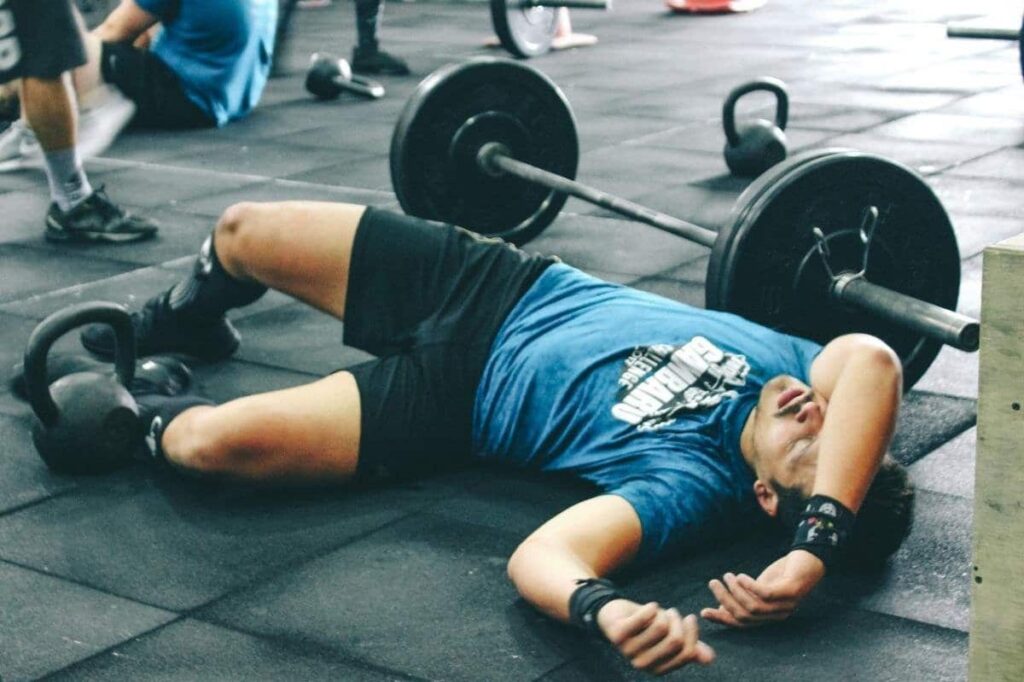
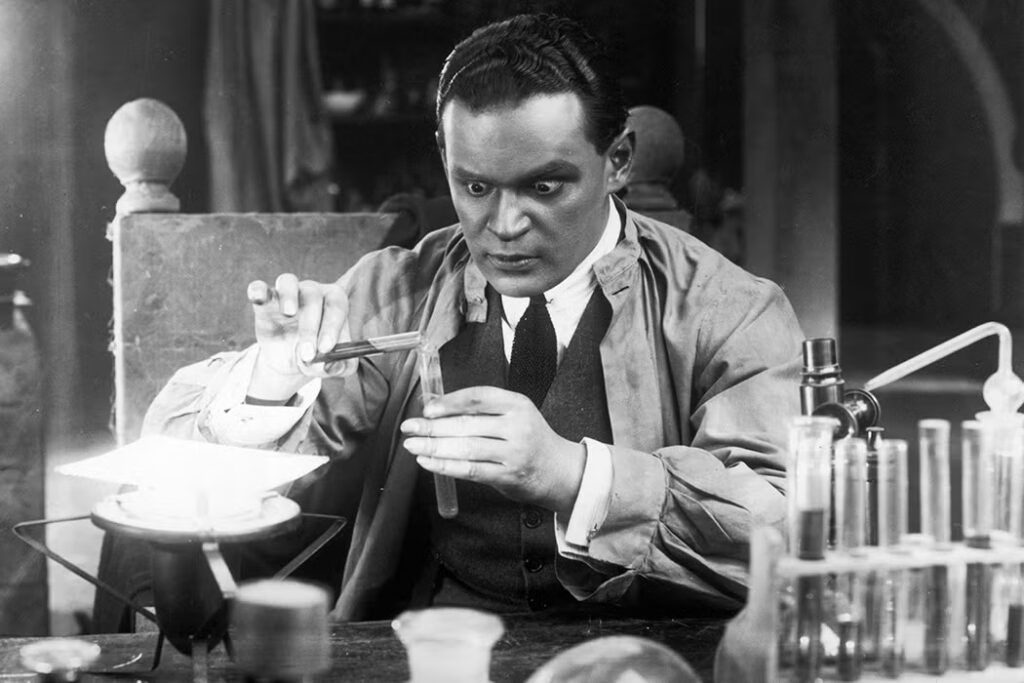
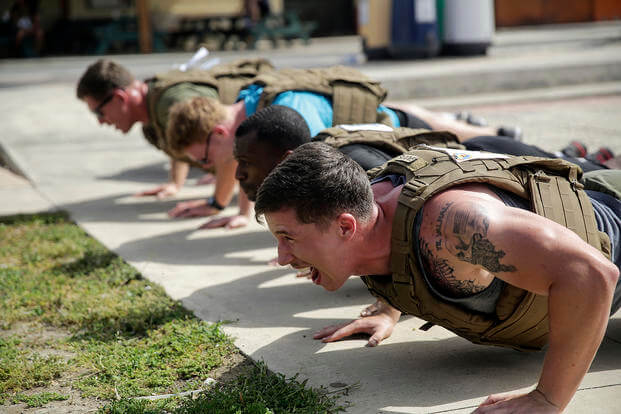

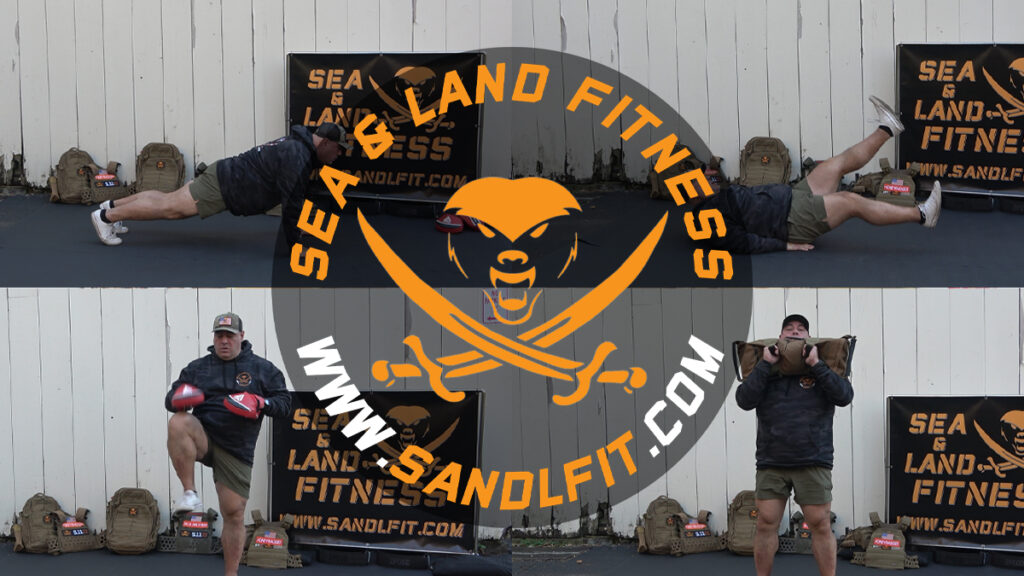
Responses